This page is an informational blog post about Architectural Photography.
Maybe, instead you …
Need a quote?
Please go here: Pricing and Info: Architecture / Landscape Architecture / Commercial
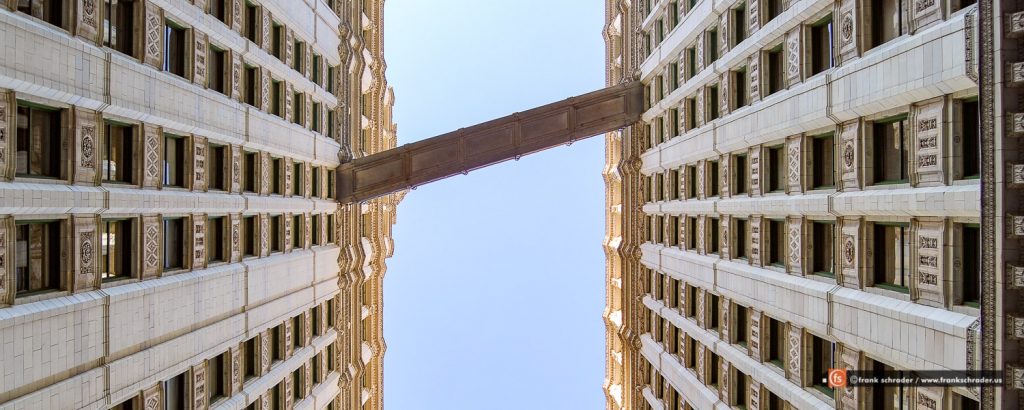
Great pieces of architecture are a pleasure to photograph — that field spans from exterior to interior photography and also has no exact definition when it comes to lighting: even though sunlight is favored for the shots we can easily see that dawn or dusk settings may show a building (literally) in a different light or let’s say ambience. For exteriors some clouds in the sky work may be better than pure blue sky, but also dark, thick clouds may be beneficial for the composition and add some mood and drama, especially when exterior ambient lighting adds an eye-catching feeling.
Perspective: Architectural photography, interior and exterior, has many challenges to offer: in the end it is often about aesthetics and lines and patterns and perspectives and so on.
Some people say there are strict rules and nothing else, but I believe you need to respect the rules and apply them when appropriate but sometimes creativity in composition and lighting may add the look that is better and makes it outstanding. Straight vertical lines are often a must, however, tall buildings from a closer perspective cannot have straight lines because another element of architecture rules here: the perspective. In a 2D projection it is about a vanishing point and a view point / eye point — so, often we can embrace the perspective and our eye has no issues with non-straight vertical lines. It is expected. The effect is also known as keystone effect. For a photo it sometimes needs to be corrected in post-processing and other times not.
By tilting your camera up or down you’ll get a distorted perspective, aka the vertical lines aren’t vertical but instead are leading to a vanishing point. In most interior settings it is not what we aim for. Exceptions are very tall interior halls or rooms where the composition can gain from a tilt-up or tilt-down view and/or an emphasized vanishing point.
For exteriors you have to decide case by case, it depends on the purpose of the photo. Camera tilt-ups are mostly unavoidable unless you are very far away. The closer you are to the object the more you can embrace the keystone effect, but the farther you move away the more you need to decide if you want or need to eliminate the distortion. See also my article Perspective correction.
Lighting conditions convey a mood to the observer — you can steer the intended effect by choosing the lighting accordingly. And sometimes, it is just luck that the elements (weather features) were ‘with you’.
For exteriors, the Golden hour offers in many situations the best light, because of the warmest colors. Noon with the sun high up offers neutral light and strong contrasts and small shadows which has the advantage that the sun in not directly shining into the lens and the shadows of buildings are not to large; the strong contrasts are often the right fit for black and white shots. Strictly overcast with a cloud cover that has no texture is the worse in my opinion. Otherwise, clouds can be wonderful for a composition and conveying a mood. Sunny days with blue skies – well, not amazingly interesting but it works overall well and makes no headaches.
For interiors I prefer Natural Lighting conditions and for the purpose of this article I include ambient interior lighting IF that adds something great to the scene. It sometimes allows to capture the actual warm feel of the room. However, often ambient lighting in a room doesn’t do anything for the photo and without ambient lighting the photo would look more modern and authentic.
Turning on all lights in a house stems from a realtor perspective and is probably the way to show a home in order to amp up dark homes. From a photographer standpoint I want to make the point that I have the possibility to brighten up the room in post-production and wouldn’t really need all the ambient lighting.
The color temperature of ambient lighting often or mostly conflicts with the natural lighting and a photographer easily ends up with different white balances within the photo and with color casts on walls etc. — sometimes that is acceptable, sometimes it create headaches in post production. Rooms without natural lighting of course need ambient lighting.
I do modify the brightness and contrasts of a photo and use bracketing in order to expand the dynamic range in the resulting photo. It’s not making the photo a fake, it is making it actually more authentic because the human eye has this superior dynamic range (which lets us see a darker area and at the same point in time bright areas like windows correctly exposed) which a camera can’t do out-of-the-box (yet).
Added lights (photography lights) to an interior is mostly not necessary for photography purposes (because of e.g. bracketing / HDR) and adds a huge overhead — the most annoying thing however is the the creation of shadows and change of the color temperature. Some modern LED lights allow to set any color temperature, however, you still need modifier in order to avoid shadows and make the light softer — again, altogether a big overhead that might work for a single room area but not for a larger space.
For video footage it is o.k. to add lights to brighten up the subject (interviews) but it doesn’t work for interior architecture shoots. If the video project is in the area of film-making and aims at a more artistic and cinematic style it might need lighting but this article talks about architectural purposes.
Again, all depends…
Angles matter: wide or narrow angle, it makes a difference and the use of it depends on the object and purpose of the shot. The eye point matters because it either emphasizes something or can be used to do the opposite. As a photographer you want to find the strongest angle, or an interesting angle to support the message of the shot, bringing the story to life. For architectural shots a very narrow shot that focuses on just a detail area can lead to a strong photo. Here’s a big difference to the common definition of Real Estate photography, see also my article: Architectural Photography vs. Real Estate Photography — is there a difference?
Reflections: like with lighting, reflections add something to an image composition. Whether it is a lake or pond in front of architecture or the building materials. I think, architects like glass, mirrors so much is because they know it adds the little bit extra.
Modernism, Minimalism, Traditionalism, Art Deco, and all the other styles: the all have something interesting and the image composition and so on depends on the context you are seeing it and what the message shall be. Some shots of exteriors are easy and fall in place without much effort (if all components to that shot are close to ideal); however, to emphasize portions it gets more complex and you need to think about what is it actually you are photographing – what do you want o portrait? is it just about the e.g. Neoclassical building or is it the context of showing contrast between old and modern architecture next to each other? Or how do you make Minimalism look great and what type of shots support the object’s or architect’s message. That makes it so interesting with architecture photography.
Architectural photography is a multi-faceted field and not limited to commercial applications; it can be for a portfolio or marketing purpose but also for documentary or artistic applications.
Other articles with similar topic:
Architectural Photography vs. Real Estate Photography — is there a difference?
Best time of day for Real Estate photography/ Architectural photos
Pricing and Info: Real Estate Photography
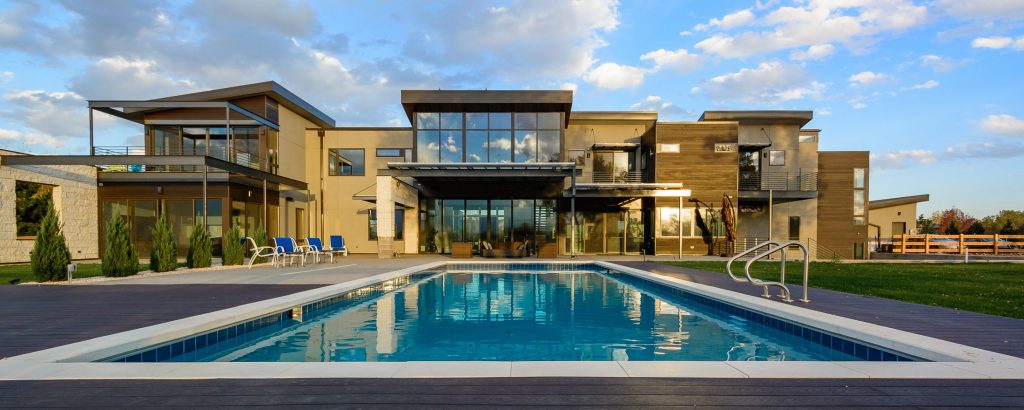
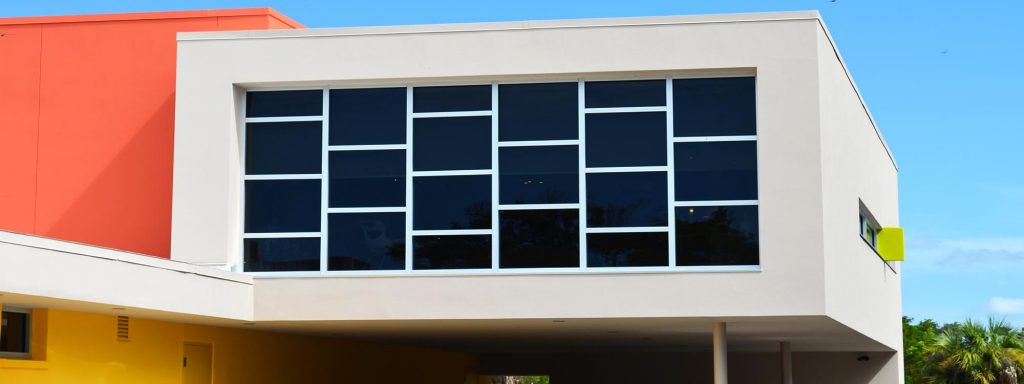
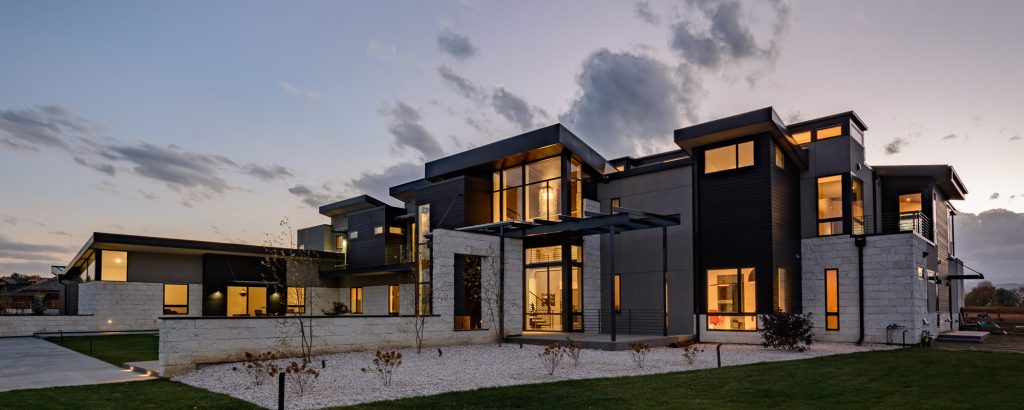
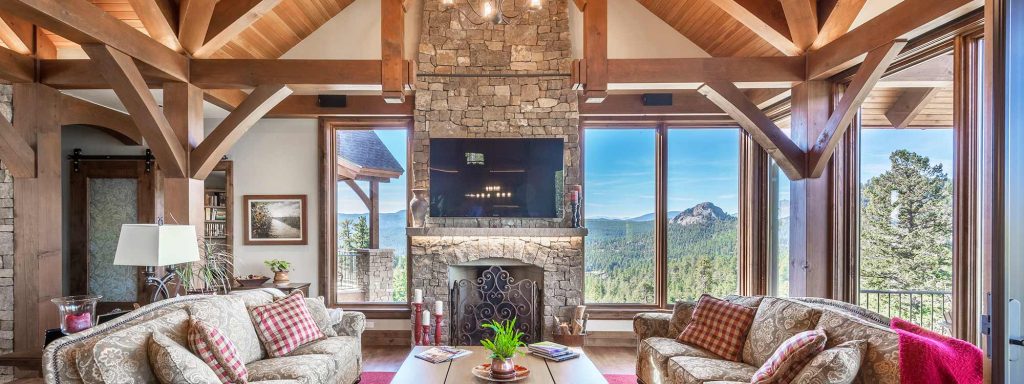
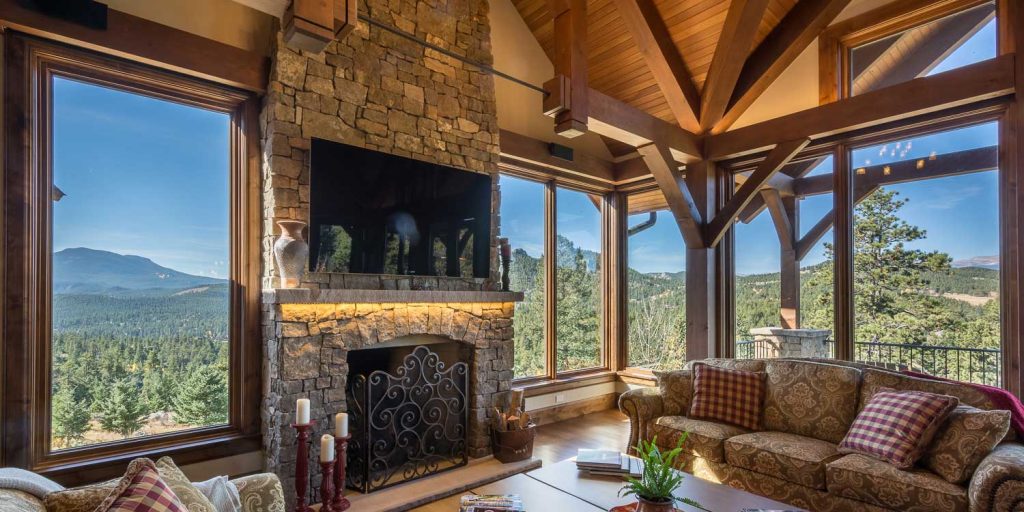
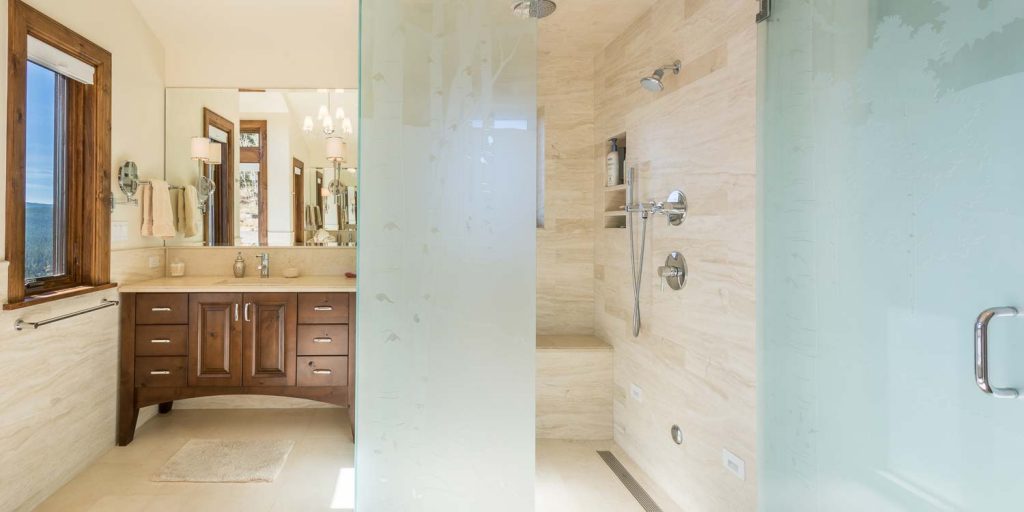
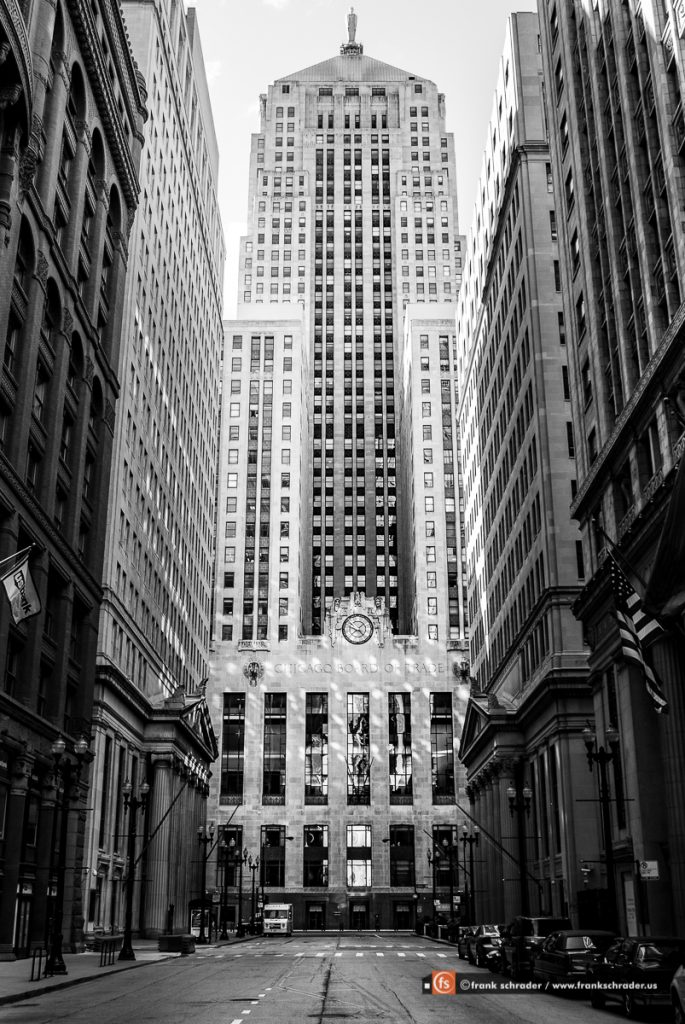
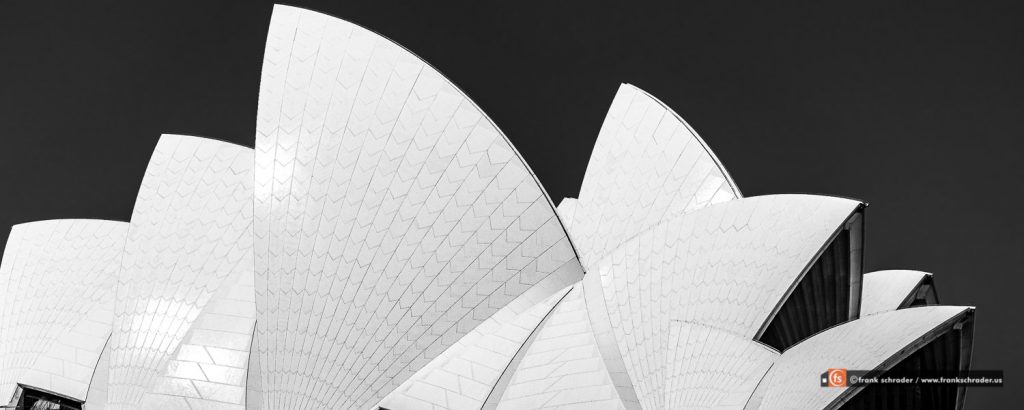
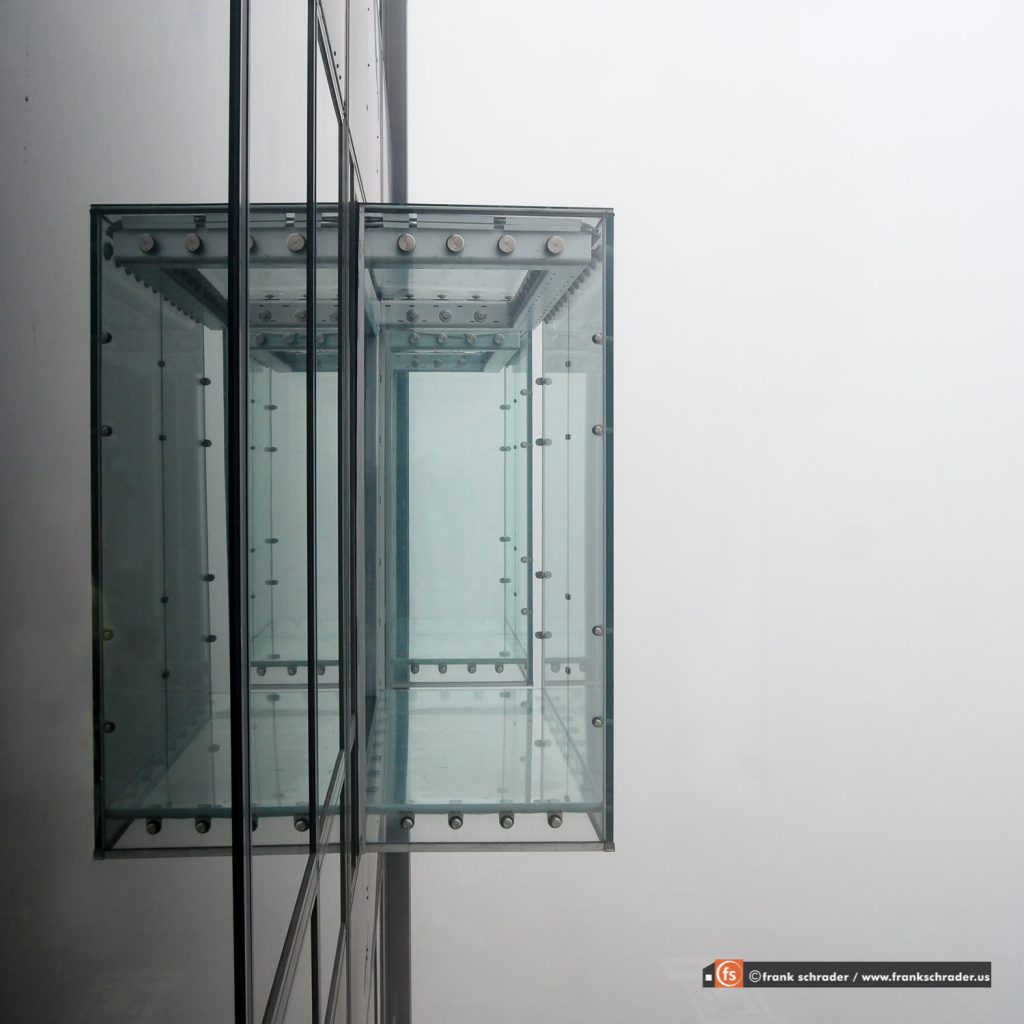
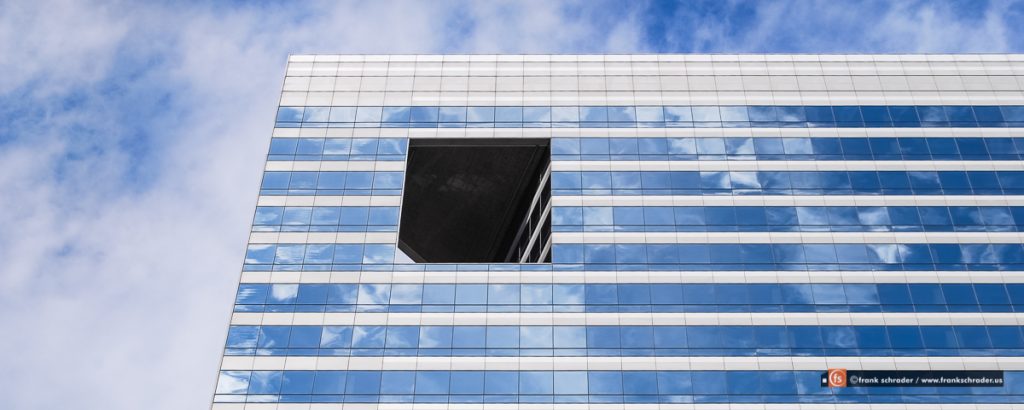
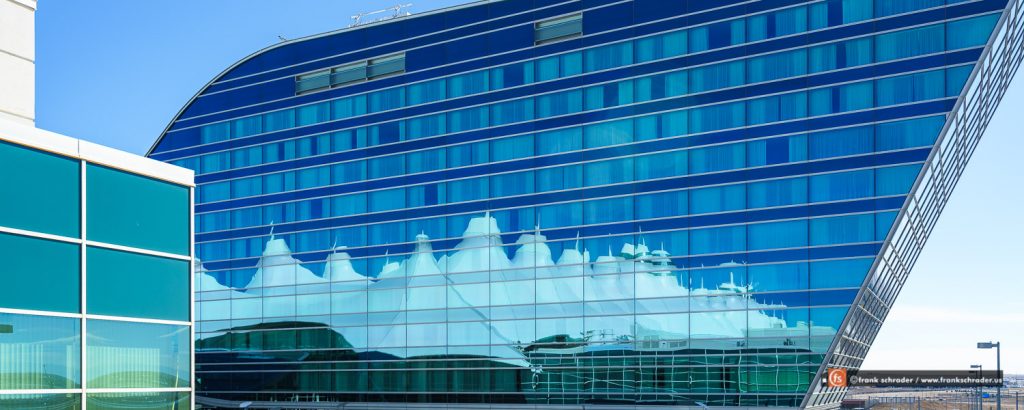
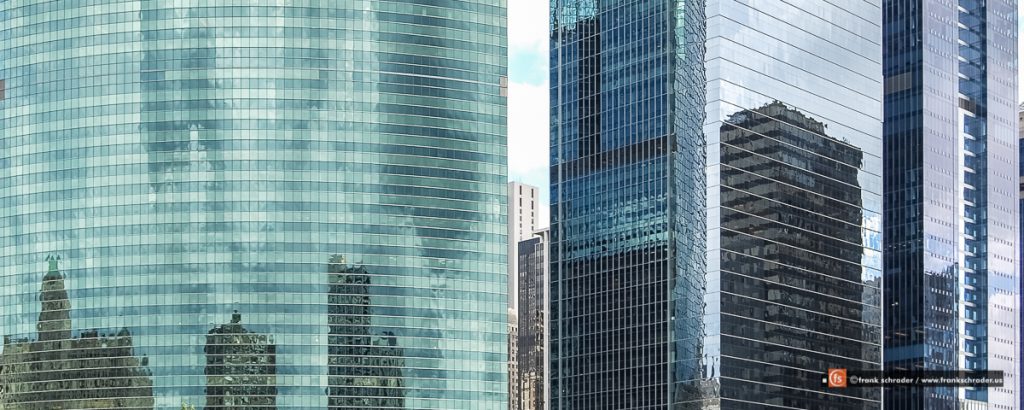
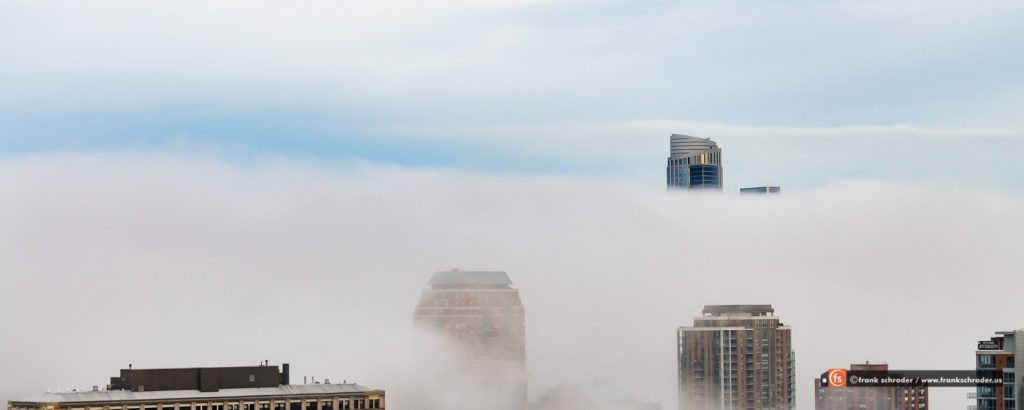
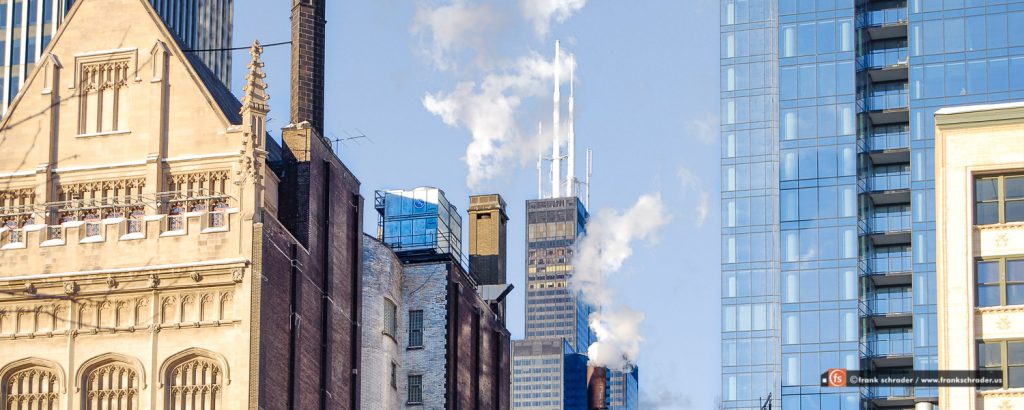
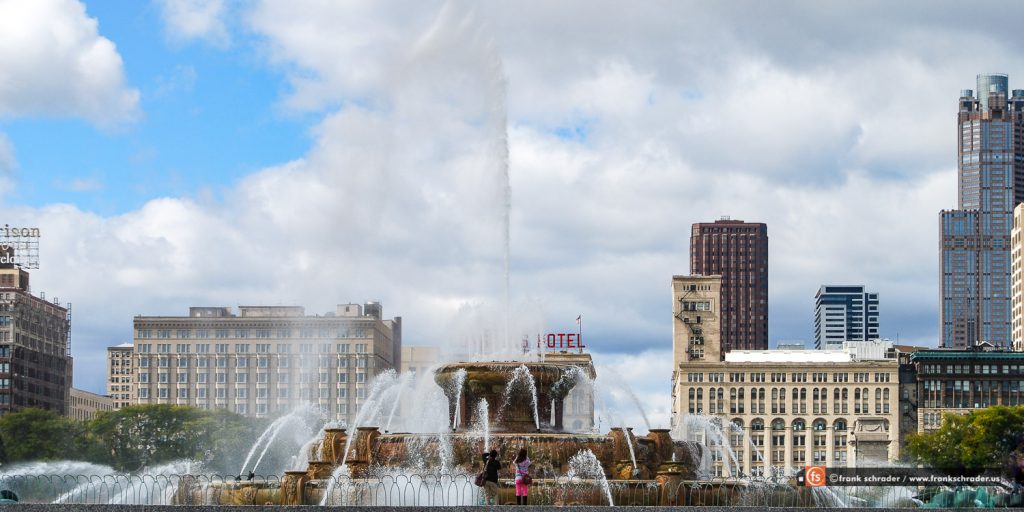
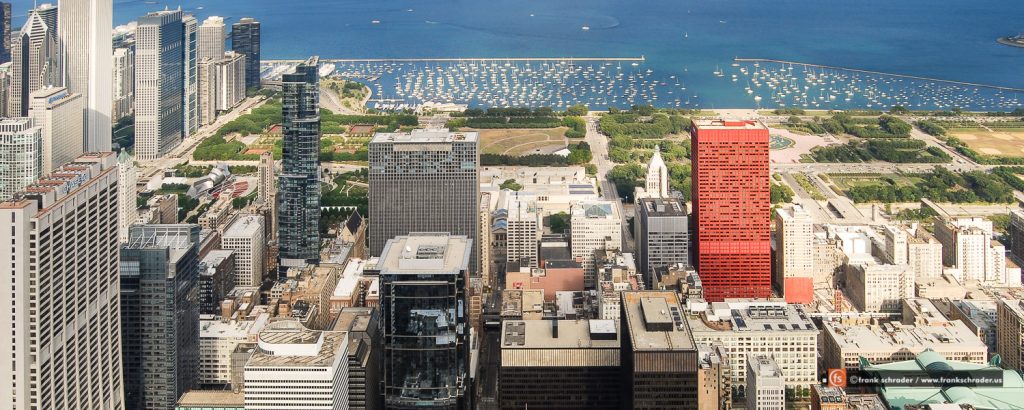
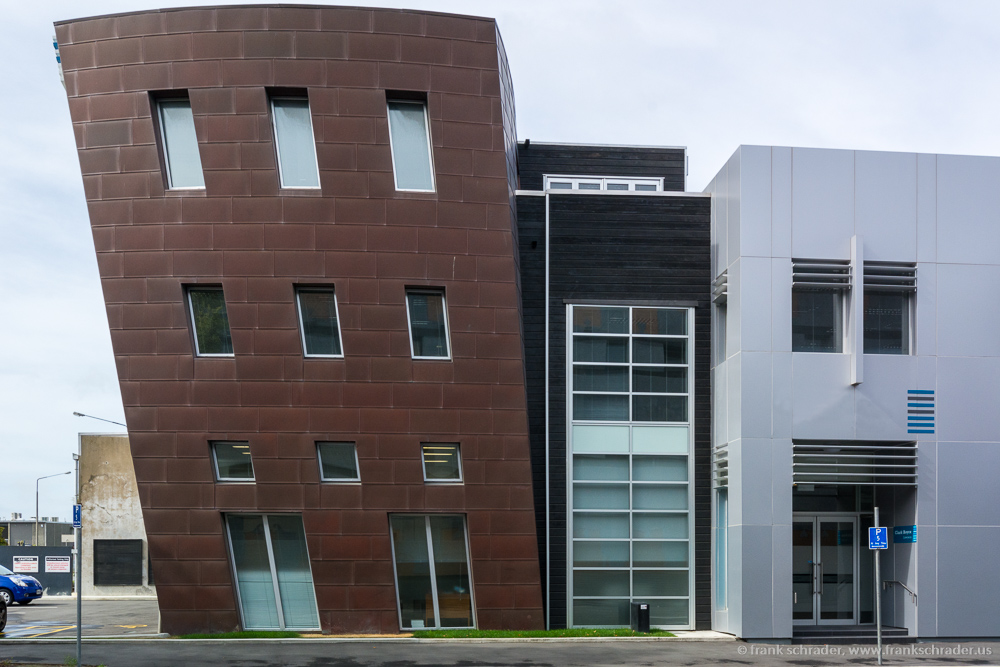
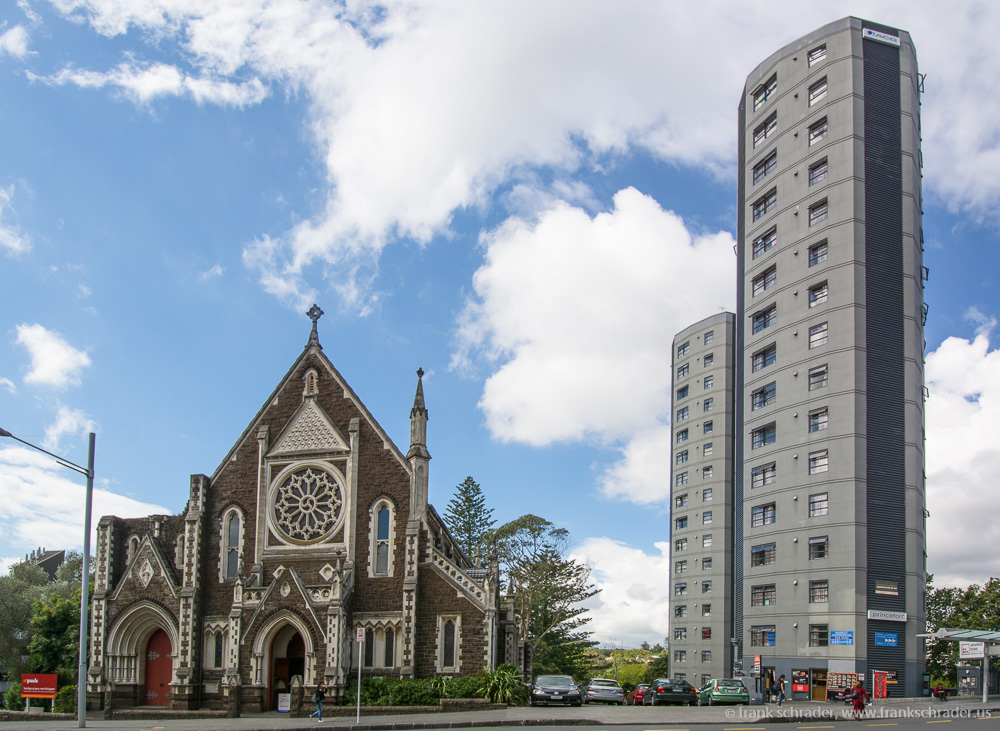
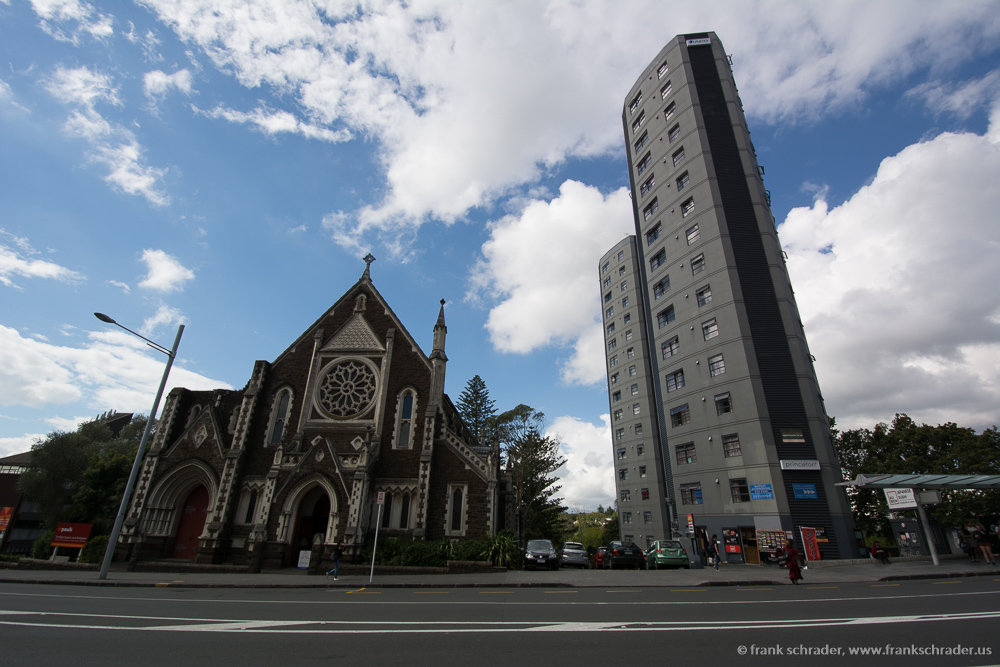


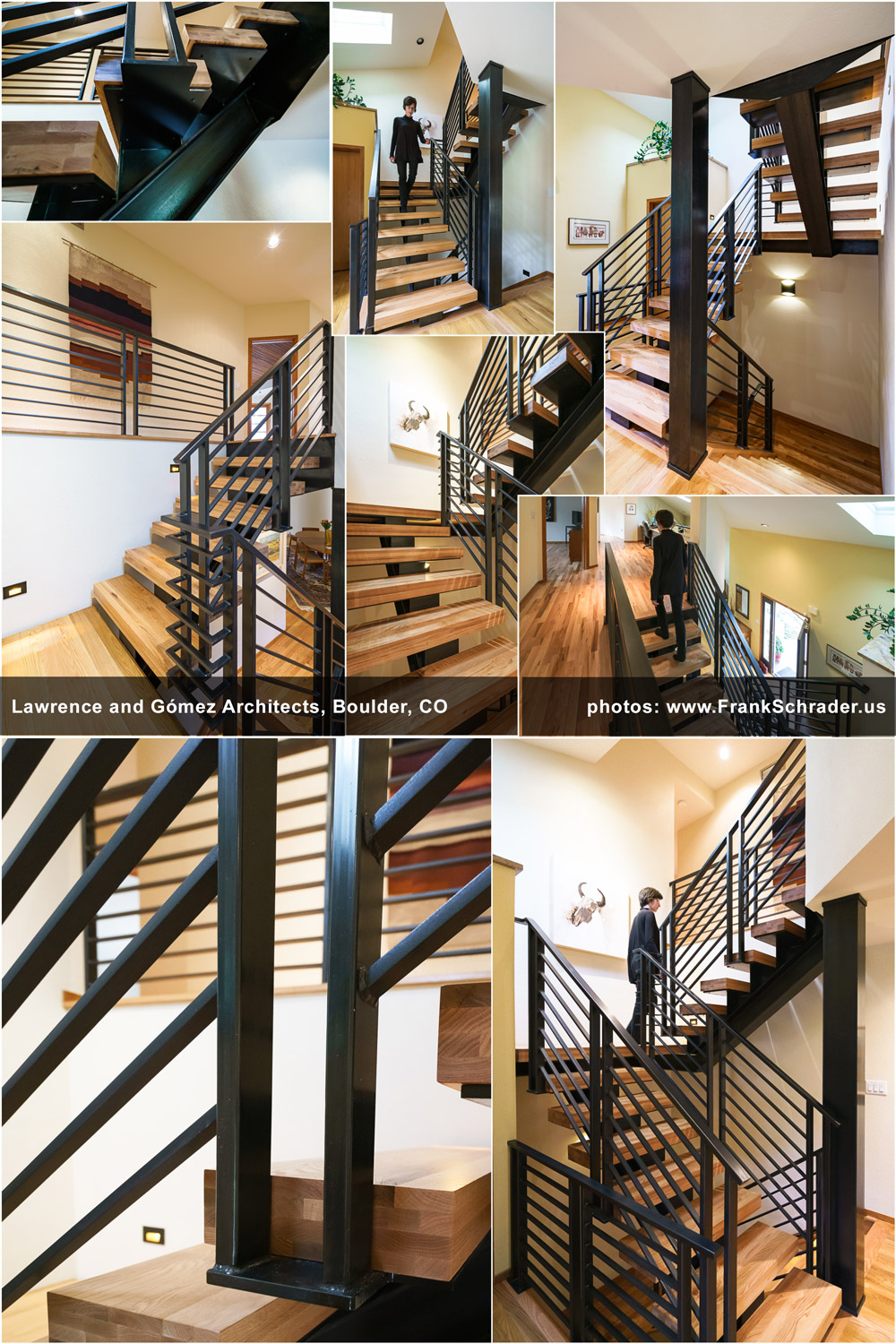
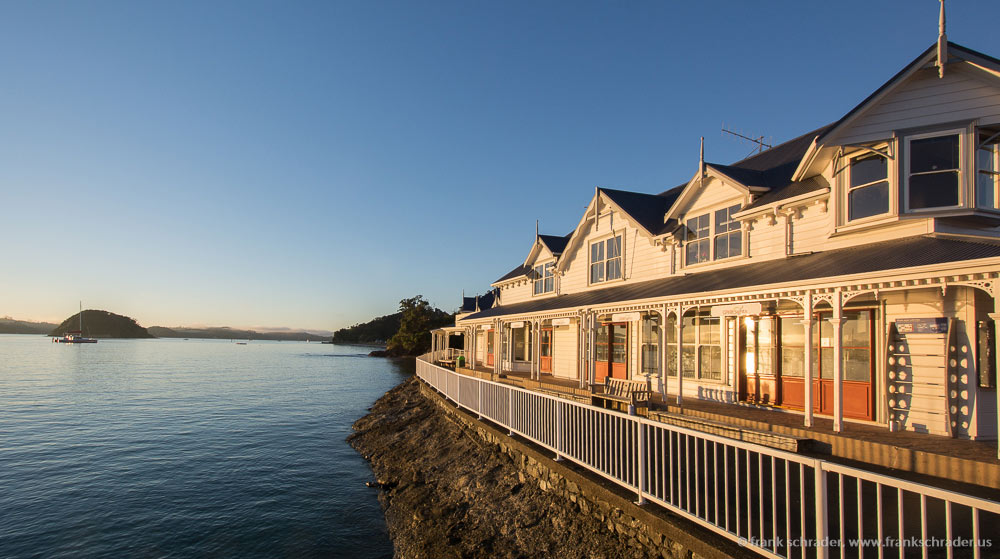
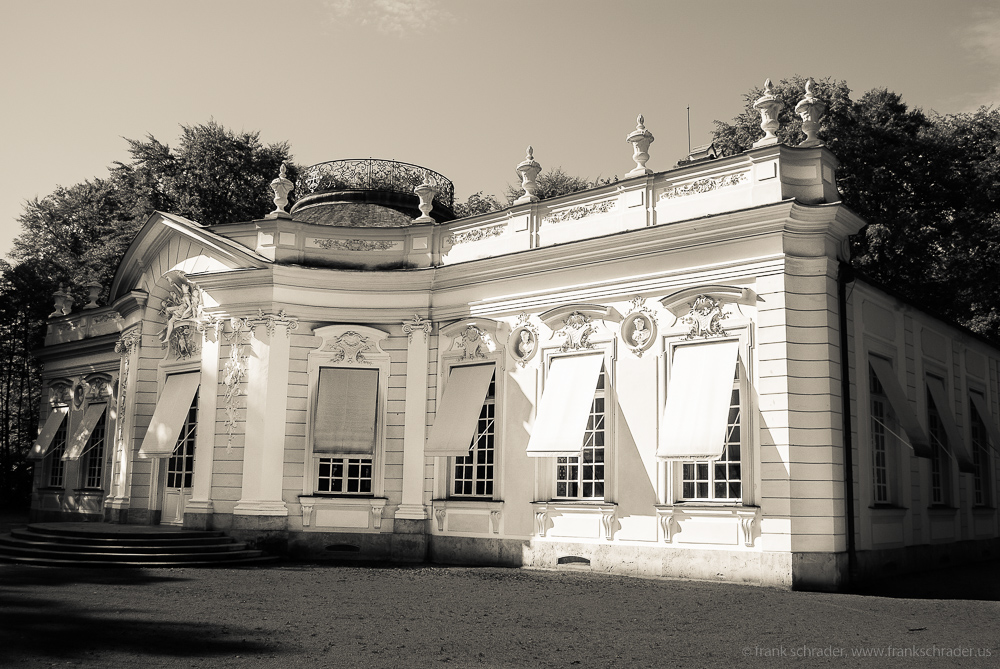
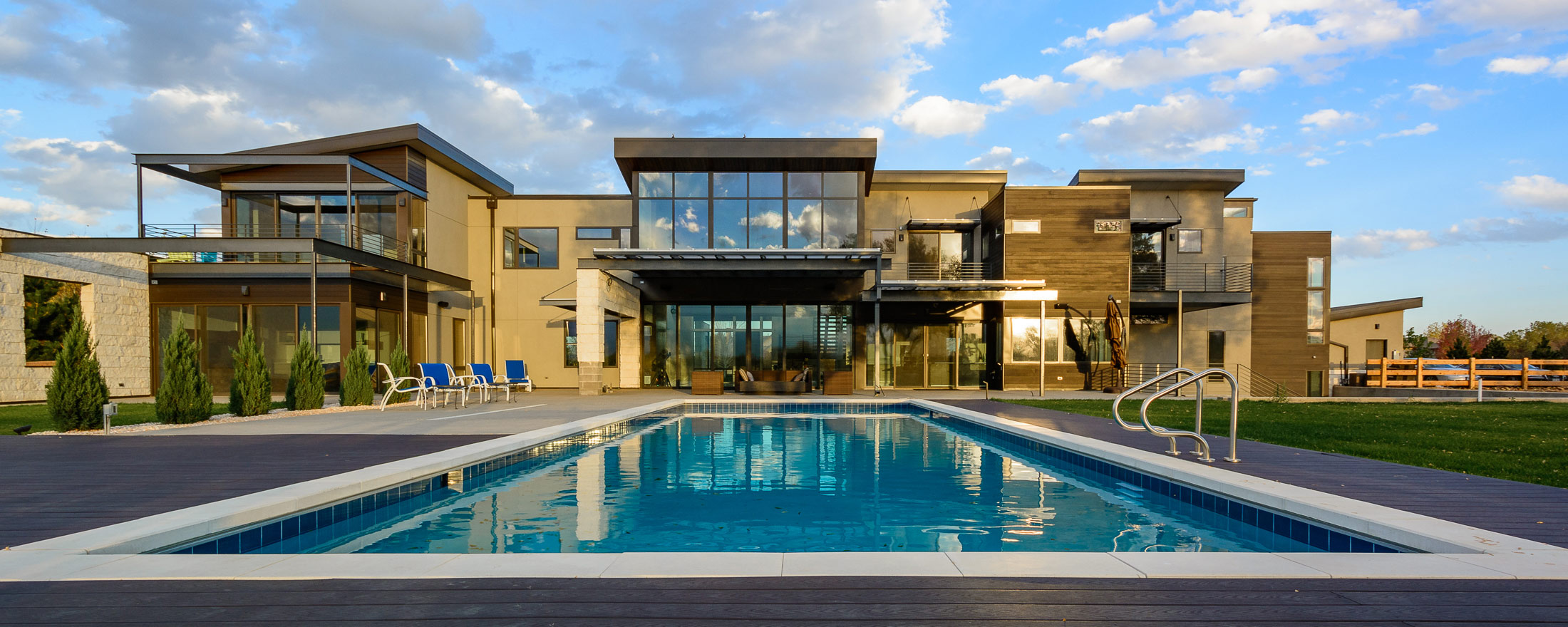
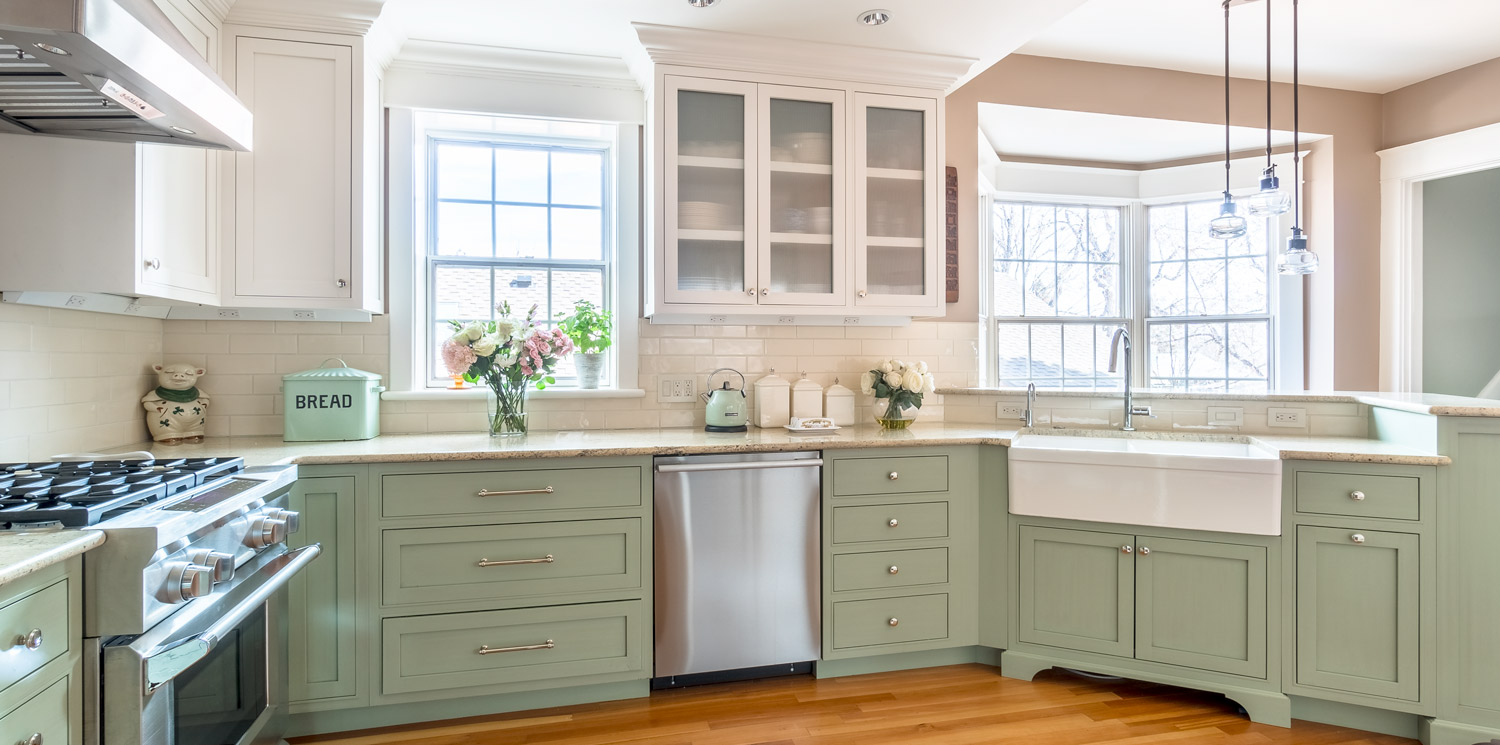
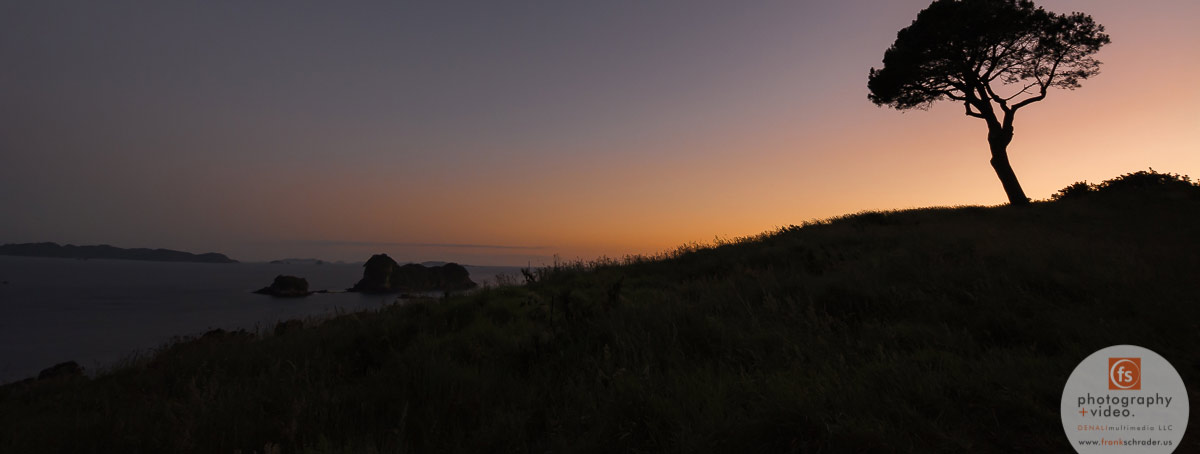
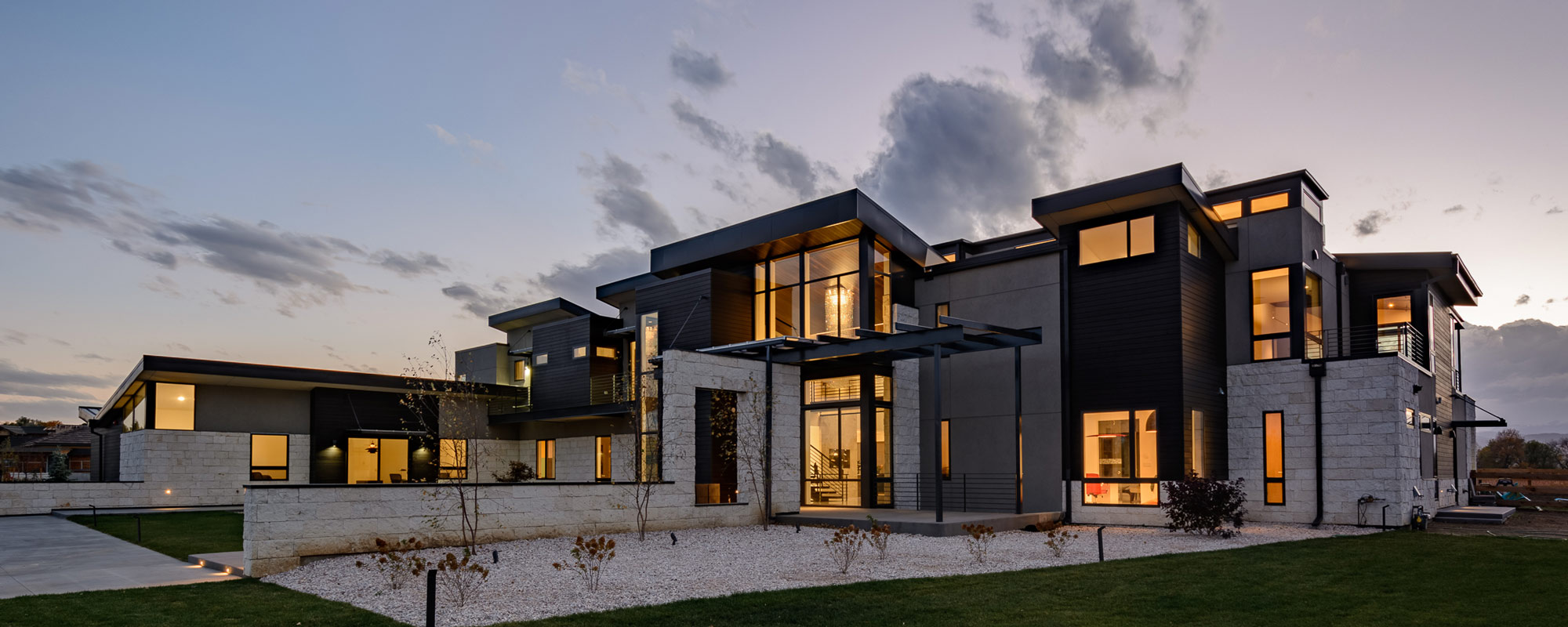
[…] Architectural Photography […]